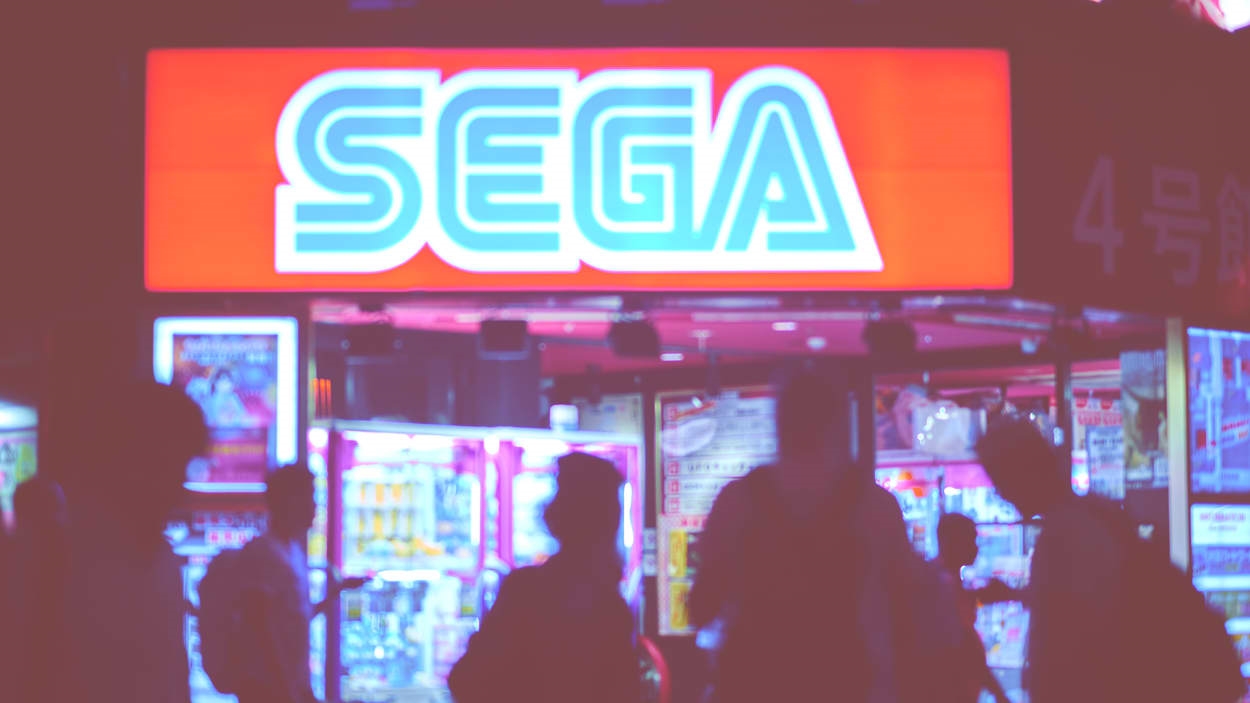Don’t be surprised that workers at Sega are organizing
Perhaps the most surprising aspect of the Sega employees’ newly announced push for unionization is how unsurprising it really is.
When workers across different departments within Sega said they were organizing through the Communication Workers of America, they joined a list of pro-union gaming shops that includes the likes of Activision Blizzard and Microsoft.
And given the depressing drumbeat of headlines focusing on overwork, underpay, and poor working conditions in the industry, labor-related action seems almost inevitable.
“The industry’s massive growth, quadrupling in size in less than a decade, necessarily turns the attention to how games are made, who makes them, and under what circumstances,” says Joost van Dreunen, a games industry researcher who teaches at the New York University Stern School of Business. “It seems only fair to use part of the profits to improve working conditions.”
Van Dreunen calls the unionization of the industry “both painful and necessary.” Pushing through representation by unions will help address “a myriad of issues in how games are made, especially around crunch time and job security, and holds employers to a higher standard now that gaming has emerged as a mainstream form of entertainment.”
It’s fitting, given gaming’s contribution to the economy, that it begins to build a unionist movement. The Federal Trade Commission, in a complaint against the acquisition of Activision Blizzard King by Microsoft, said that “the gaming industry is expected to be worth more than $170 billion in global revenues, five times greater than global movie box office revenues.” And while the movie industry has multiple unions representing its staff, the gaming industry has lagged behind.
In a letter sent to staff on Wednesday, Sega of America president and COO Ian Curran acknowledged that the employees had filed a petition for representation with the National Labor Relations Board. “Some of you may support unionization and some not. That is your legal right. No SOA employee will be treated any differently whether they support or do not support unionization,” Curran said. “We have a wonderful culture at SOA with a strong commitment to working together as a team. In my mind, it is the SOA employee culture that makes us such a successful company.” (Communication Workers of America did not respond to a request for comment.)
With extensive overwork, toxic work environments and male-dominated workforces as standard, work conditions in the gaming sector have “notoriously been terrible,” says Brendan Keogh, senior lecturer in the School of Communication at Queensland University of Technology, and the author of The Videogame Industry Does Not Exist.
“Developers are forced to sign oppressive and secretive nondisclosure agreements that in turn force them to remain with a potentially bad employer as they are unable to leave or, if they do leave, are unable to talk about what they previously worked on,” says Keogh, who points out that industry surveys regularly show developers sometimes work more than 80 or 100 hours a week to meet deadlines, and sometimes go days at a time without seeing their families. “Burnout is chronic, and the average age of the industry has historically been 30 or below for decades as devs en masse leave for more stable work elsewhere,” he says.
The gaming industry has relied on a steady stream of (usually) young men to enter the sector who are willing to overlook some of the negatives of working in gaming, says Keogh. They’re passionate. But that passion can often meet pressure—sometimes head on. And a historic overreliance on contract staff, rather than full-time employees with rights, makes it even worse.
Things are now changing, however. Keogh pinpoints the rise of indie developers in the 2010s as helping move the needle. “Throughout this decade, more and more developers became successful and visible who did not work for the existing large companies, and they could speak their mind without worrying about anyone firing them,” he says. “At the same time, who was successful in the indie space expanded out to include more diverse demographics than the traditional middle-class white men of the game industry, including more women, trans folk, non-white folk, and poor folk.” And those people haven’t been as willing to put up with the undue pressures put on workers in the game industry.
“By unionizing, game workers in the one workplace can speak to each other and better understand their structural contexts,” says Keogh. “And while an employer can threaten to replace one worker, they can’t replace all of them. A collective of workers can make demands for improved conditions and better recognition that a single game developer cannot.”
(16)



